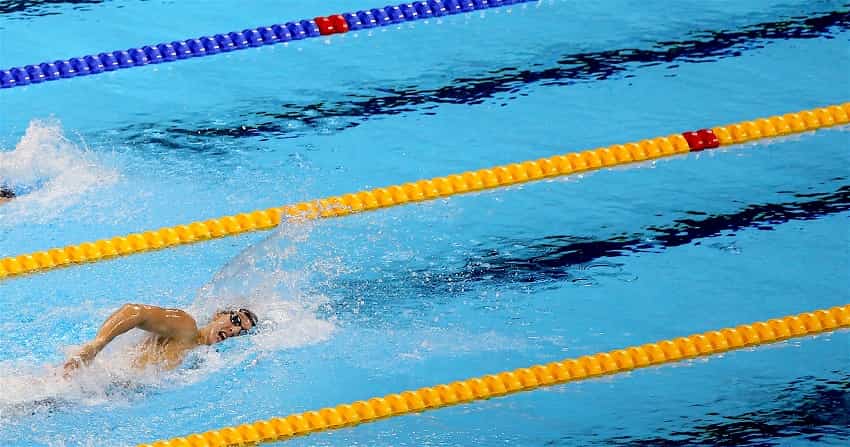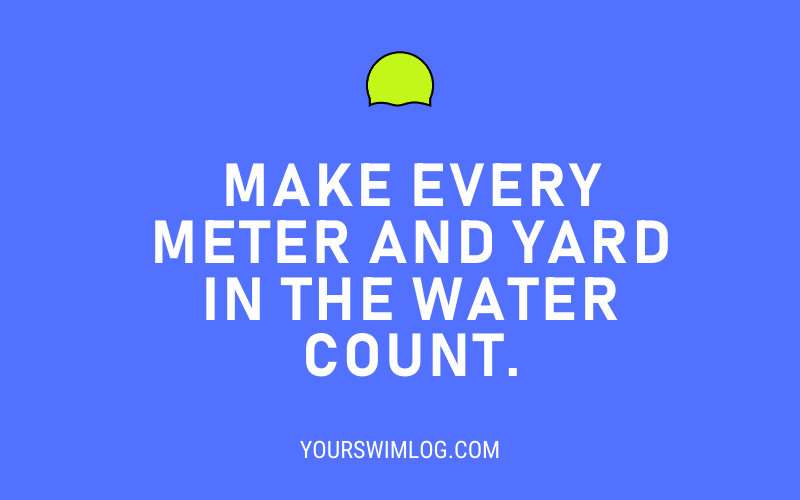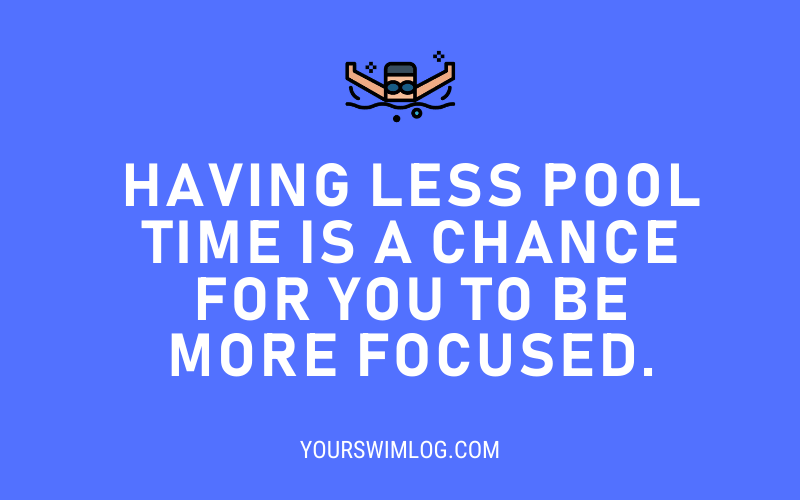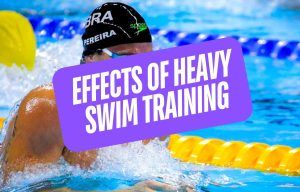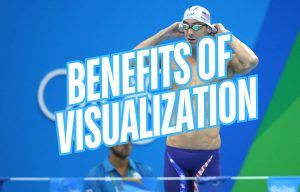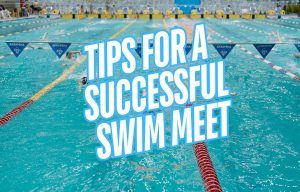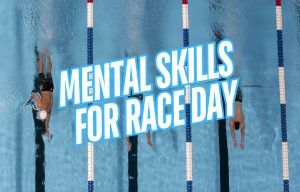Whether you are back in the pool full-time or getting just a few minutes in the water each day, here’s how to make each stroke and lap count.
For some swimmers and swim teams, the sport is slowly marching back to some sort of normal.
But for the lucky few who are back in the water, pool space and training time is limited.
Local teams in my area, including national center athletes, are competing for pool space, rarely getting more than an hour or so in the water per day. Which is a far cry from the pre-pandemic training schedule. (Still, way better than nothing!)
And while this limited pool space could be viewed as a competitive disadvantage, there are some positives to be found here.
Instead of spending up to four hours per day in the water, swimmers are learning to make do with an hour (or less). This drop in pool time and space means that swimmers are having to do more with less.
Which isn’t as bad a thing as it sounds.
Here are some ways to make your limited time in the water more effective than ever.
Crank up your focus levels in the water.
I completely understand the temptation to daydream through your laps in the pool. Unplugged from your smartphone, from social media, and from the world around you, being in the water is one of the few times over the course of the day where you are alone with your thoughts.
Being focused and intentional during practice, whether it’s swimming with awesome technique or using the right self-talk during the main set, dramatically increases the effectiveness of your training.
Natalie Coughlin, one of the best to ever do it, credits her ability to focus and stay engaged in the moment in practice as one of the drivers of her success:
“My best attribute is my ability to be highly focused for long periods of time… In training, I always brought my attention back to how I wanted to feel in my races. If I need to work on my body position at the end of my races, then I would push myself in practice to the point of exhaustion then work on my body position when exhausted.”
With limited time in the water, there has never been a more opportune time to improve your focus levels while ripping up and down and around that tiled black line.
Use performance cues to simulate the way you want to race.
(Even if you are going far from race speeds.)
Building the race and results you want begins in practice. Simple as that.
Take your race plan, the way you want to execute that dream race, and use performance cues to begin putting that ideal race on “auto-pilot” in practice.
Let’s say you are doing a set of threshold 100s at practice. Use the same race plan to conquer those 100s as you would on race day—easy speed on the first 25, build the middle 50, charge home with a race finish on the fourth 25. Do this enough times, and your ideal race strategy becomes habitual.
The race you drop in competition is the product of your training habits, so choose accordingly!
Have training goals for practice.
You might not be the one writing the sets and the practice, but there are things you should want to achieve for yourself.
Tighter streamlines? More explosive breakouts? A more aggressive approach into the walls?
These are training goals that you can set for yourself. These micro-goals keep you engaged and focused, and also serve as the foundation for long-term confidence and mastery.
Sit down at the beginning of the week or before practice and write out something you want to totally dominate that week or day in the water and get after it.
Evaluate.
Fewer swim workouts mean less room for error. Because you don’t have an endless number of meters and yards at your disposal, each meter and yard become more important.
So why not make sure you are consistently getting the best of yourself? (Also, you deserve nothing less than your best!)
Pick a handful of metrics to evaluate yourself on, including your effort levels in practice (a simple out-of-ten rating is good enough), your mindset during the main set, and how you performed in the face of adversity.
Crack open the pages of your logbook, and after you’ve quickly detailed the sets, intervals, and results, quickly evaluate your effort, focus, and mindset. Keeping yourself regularly accountable to these metrics will encourage you to be on top of them more often.
So while you may not have the most meters or workouts in hand, you will have the most number of high-grade, quality meters and sets in your training inventory.
Make the meters count today
You don’t need an endless amount of training time—you simply need to crank up your focus in the training time you have.
Try out these tips at the pool today, this week, and keep that level of increased focus and effectiveness when everything goes back to normal.

